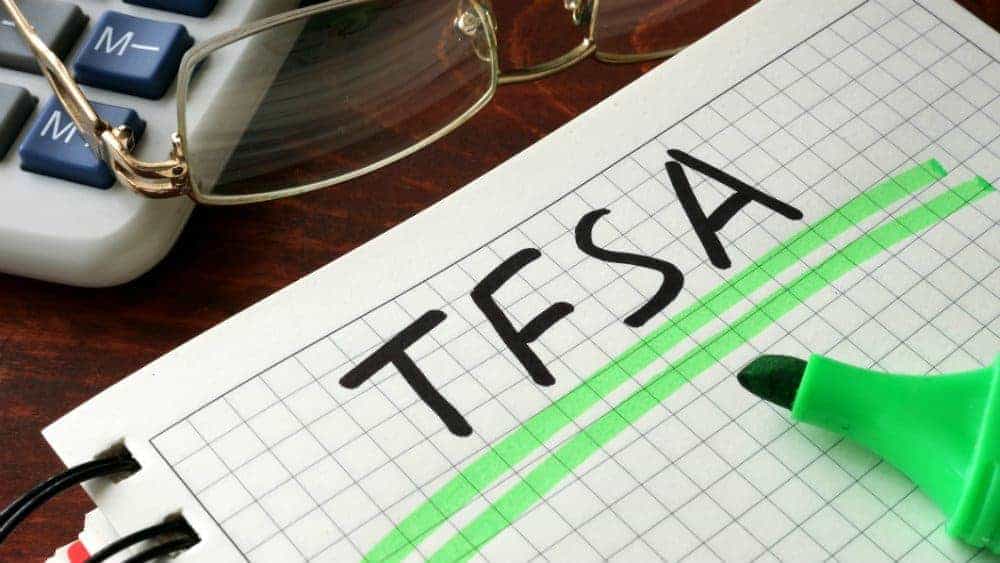When you hear of Tax-Free Savings Account (TFSA) mistakes, the first thing that probably comes to mind is over-contribution – putting in more than the maximum allowed in a given year. Going over the limit will result in stiff financial penalties.
But there are other hidden mistakes to be aware of, even for those of us who check our limits with the Canada Revenue Agency (CRA) before contributing, either through the online portal or by phone.
What’s worse, the CRA isn’t going to let you know if you make this kind of mistake. You’ll just pay for it without realizing, potentially for life, unless you make an effort to do the homework to be able to recognize and correct it.
You see, if someone over-contributes to a TFSA, the CRA will eventually slap them with a tax bill, and they’ll be able to correct the mistake and never make it again. However, if they invest heavily in foreign dividend stocks in that TFSA, the odds are good that they never notice the foreign dividend withholding taxes. A foreign tax authority won’t demand payment for foreign dividends – it will just take its share.
Watch out for withholding taxes!
The TFSA isn’t built the same as other accounts when it comes to foreign income. The foreign tax credit cannot be applied to income in a TFSA like it can in a Registered Retirement Savings Plan (RRSP) or a non-registered account.
For dividends coming from countries with a treaty in place, like the U.S., you can expect a 15% withholding tax. This is more favourable than dividends from non-treatied countries (which have 25% withholding taxes), but it means the TFSA owner is not truly paying zero taxes as they might expect.
It may make sense to hold some foreign, lower-yielding dividend payers from treatied countries in a TFSA rather than a non-registered account, because there will be no domestic taxes. But it makes more sense to save your higher-yielding foreign dividend-payers for your RRSP or even your non-registered accounts.
I’m sure most Canadians would find it hard to justify paying 15% or 25% in withholding taxes on dividends paid into their TFSA when they could get an equivalent or better domestic dividend payer and keep 100% of the income.
Foolish takeaway
Save your TFSA for domestic dividend (or distribution) payers or foreign firms that don’t pay dividends (like Berkshire Hathaway) to ensure your TFSA won’t be eroded by pesky withholding taxes. Thanks to the profound effects of long-term, tax-free compounding, such taxes could make a massive difference over the long run.
In a worst-case scenario, an uninformed Canadian investor might own super-high-yielding dividend stocks from non-treatied countries in their TFSA, resulting in a quarter of dividends being lost for good. Ouch!
So, to make your portfolio more tax-efficient, seek to limit (or eliminate) potential withholding taxes. That means having a strong preference for domestic dividend stocks for your TFSA. A 15% or 25% in withholding tax on your dividends may not seem like much now, but boy does it make a difference over decades! So, don’t let tax inefficiency stunt your TFSA’s full potential!
Stay hungry. Stay Foolish.


